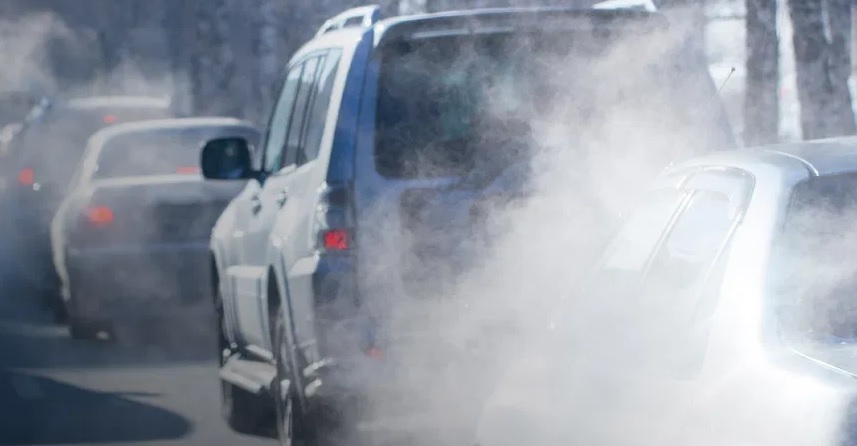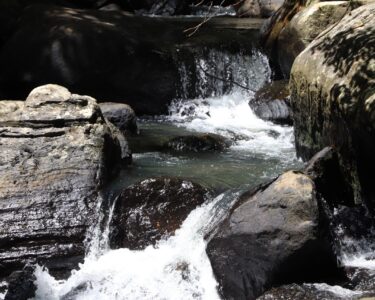Crackdown on Polluting Vehicles: Sri Lanka to Blacklist Smoke Emitters

The Vehicular Emission Test Trust Fund (VET) of Motor Vehicles has announced a stringent new plan to blacklist vehicles emitting excessive smoke. This initiative aims to curb the rising air quality issues in urban areas, especially Colombo, where vehicular emissions are a major concern.
VET Director Dasun Gamage emphasized the severity of the situation, urging citizens to take action against polluting vehicles. He announced that complaints about vehicles emitting excessive smoke can now be sent to a dedicated WhatsApp number, 070 3500 525. This step is part of a broader strategy to engage the public in monitoring and reporting violations.
Gamage also highlighted the importance of obtaining the smoke certificate not just as a formality for renewing vehicle revenue licenses but as a genuine step towards reducing emissions. “While some individuals attempt to obtain the certificate through dishonest means, the police and Motor Vehicle Department officials are conducting thorough checks across the island to ensure compliance,” Gamage stated.
The new measures include issuing maintenance orders to vehicle owners if their vehicles are found emitting excessive smoke. Failure to comply with these orders will result in a prohibition order, effectively taking the vehicle off the road until the necessary repairs are made.
The Problem of Smoke Emissions
Vehicles emitting excessive smoke are significant contributors to air pollution and typically indicate engine or mechanical problems. The type of smoke and its chemical composition vary depending on the underlying issue and the type of fuel used.
Types of Smoke:
Black Smoke:
Incomplete combustion of diesel fuel, faulty injectors, dirty air filters, or issues with the engine’s air-fuel mixture.
Composition: Primarily consists of carbon (soot), unburned hydrocarbons, and other particulate matter.
Blue Smoke:
Causes: Burning of engine oil due to worn valve seals, piston rings, or other engine components.
Composition: Contains burned engine oil (hydrocarbons) and can include polycyclic aromatic hydrocarbons (PAHs).
White Smoke:
Presence of coolant in the combustion chamber due to a blown head gasket, cracked engine block, or cylinder head.
Primarily consists of water vapor but may also contain antifreeze chemicals like ethylene glycol.
Harmful Chemical Elements and Compounds:
Carbon Monoxide (CO):
Can cause headaches, dizziness, confusion, and at high levels, death due to oxygen deprivation.
Nitrogen Oxides (NOx):
Can cause respiratory problems, contribute to the formation of smog, and lead to ground-level ozone, harmful to lung tissue.
Particulate Matter (PM):
Can penetrate deep into the lungs and bloodstream, causing respiratory and cardiovascular diseases, lung cancer, and premature death.
Hydrocarbons (HC):
Some are carcinogenic and react with NOx in sunlight to form ground-level ozone.
Sulfur Dioxide (SO2):
Can cause respiratory problems and contribute to acid rain, harming ecosystems.







